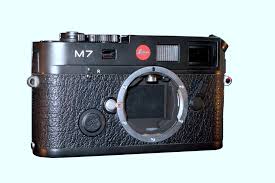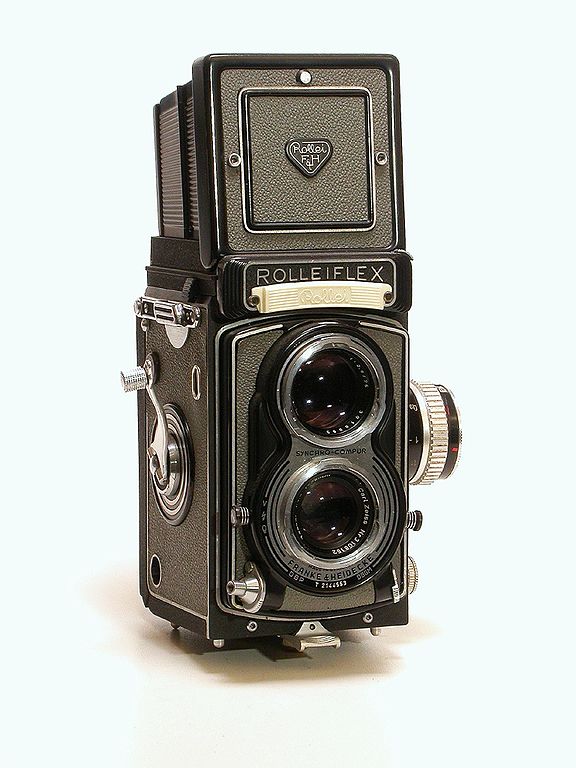Types of Cameras
Viewfinders
Viewfinding cameras are the most basic of cameras: The viewpiece is entirely separate from the lens - this menas that whatever the lens sees is completely independant from what you are seeing. The angle will be different (as the viewfinder is above the lens). You will also not notice the effects of any zooming or focusing, either. While many view this as a dealbreaker in a camera, viewfinders are still used by some due to the novelty behind them - one will need to learn how to measure light as well as measure distance to make proper adjustments. While rarely made anymore, modern viewfinder cameras typically use 35mm film or a digital format, and are much lighter and compact than other options on the market. Some of the most well-known cameras in history used a viewfinder, including the

Rangefinders
Rangefinders render the practical pros of a viewfiner as almost pointless, as rangefinders remain as light and compact as a viewfinder, with the ability to compare two images to know the adjustments you are doing. Many rangefinders have a wheel that, when turned, will merge the two images into one based off the distance. The photographer can then use this distance to properly measure the focus. Rangefinders are still a separate piece from the lens, meaning you will not see exactly the adjustments you are making, but this addition of knowing the distance helped to change photography.
Twin-lens Reflex

The Twin-Lens Reflex (TLR) was an early invention in photography to combat the main problem with rangefinders and viewfinders - the inability to actually see what is going through the lens. To change this, twin lens reflexes decided that instead of connecting a viewfinder to the lens, that a second lens is simply added on to serve as a viewfinder. If both lenses are calibrated identically and have identical specs, then you are able to see what is happening in the main lens. One would have to peer into the top of the camera to view the potential image, adjust aperture, focus, and shutter speed, and then take the image. While now considered a novelty, a few companies still produce a few TLR cameras.
Single-Lens Reflex
The single lens reflex (SLR) is similar to the idea of the twin-lens reflex. The best way to view a potential image is through the lenspiece. However, instead of attaching a separate lens to the camera to serve exclusively as a viewpiece, the Single-Lens reflex attaches an eyepiece that looks similar to the viewfinder from the back - however, a mirror is attached to the shutter that travels through a complex series of prisms and mirrors to reach the eyepiece, exactly as the lens sees the image. While bulkier than most other cameras, the SLR became one of the most popular types of cameras in the second half of the 20th century. SLR cameras remain one of the most popular formats today.
Digital
Digital cameras are relatively new, and with the onset of the digital medium brought about two new ways of seeing images. Some cameras use digital technology to put a small screen inside the viewfinder, to allow an image of what the lens is seeing exist without needing to use an SLR format. Others do away with the viewfinder alltogether and instead use solely an LCD screen. Many modern point-and-shoot cameras use this format, as the exclusion of a viewfinder alltogether reduces the weight and bulkiness of the camera.
